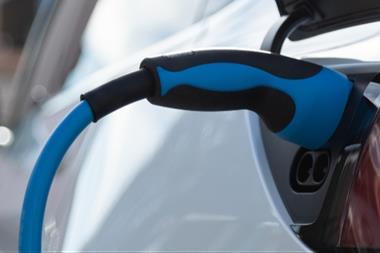The average price of fuel has continued to edge up, with a 3ppl increase in the price of petrol over the past month, according to the latest AA Fuel Price Report, and it says the increasing prices are depressing sales.
It states: “EU retail sales figures released this month indicate that trade at petrol stations across the Continent has already begun to crash, flipping from a 4.5% year-on-year increase in February to a 1.0% fall in March. In the UK, HMRC statistics show that petrol consumption in March tumbled to its lowest on record.”
The UK’s average price of petrol has risen from 113.29ppl in mid April to 116.42ppl now. This is 10ppl a litre higher than on 1 February, when the recent price collapse bottomed out at 106.39ppl.
Diesel has gone up less than petrol, increasing from an average of 118.83ppl in mid April to 120.70ppl in mid May. However the AA says: “Although rising less quickly than petrol, the price of diesel is still on average 3.5ppl more expensive than it should be. Over the past fortnight, the litre cost of diesel to the trade has been just half a penny higher than petrol’s.”
AA president Edmund King commented: “Despite negative inflation in April, warning signals coming from the EU and the United States indicate that the $20-a-barrel leap in the price of oil since the beginning of the year is once again influencing the car-use and fuel-buying behaviour of drivers.
“Compared to May 2014, when petrol averaged around 130ppl and diesel 136ppl, car-dependent families should be feeling much better off. However, as the AA has pointed out in the past, price surges at the pump and on the billboards trigger a negative response from drivers.”
He added: “A 10ppl hike since February echoes the price spikes of 2012 and 2013 and UK drivers may have responded as they have in the past by cutting back on car use. March’s slump at the petrol pump also happened last year and this may be a reaction to domestic energy winter bills arriving on the doormat, forcing consumers to squeeze other areas of family spending.
“However, if official fuel consumption and retail sales figures for April reinforce a worsening picture, it will show a more sustained driver backlash to rising forecourt prices. Once again, this will be down to commodity market speculation pushing up oil and wholesale prices artificially – particularly infuriating for drivers and business when data from OPEC and the International Energy Agency show the world has been pumping 1.5 million more barrels of oil per day than it consumes.”






























No comments yet